BoE voted unanimously by 9-0 to raise Bank Rate by 25bps to 0.75%. That’s the second hike since the global financial crisis in more than a decade. Asset purchase target is held at GBP 435B, also by unanimous vote.
The updated economic projections are “broadly similar” to May’s. GDP is projected to growth by around 1.75% on average over the forecast period. The rate is slightly slower than “diminished rate of supply growth” averaging around 1.50%. There is “very limited degree of slack in the economy”. And “small margin of excess demand” will emerge by late 2019 to feed into inflation.
On inflation, taken all considerations, conditioned by market pricing on interest rates, “CPI inflation remains slightly above 2% through most of the forecast period, reaching the target in the third year.”
BoE maintained tightening bias and said “ongoing tightening of monetary policy over the forecast period would be appropriate” But the pace of rate hike will be gradual and limited.
Below is the full statement.
Monetary Policy Committee voted unanimously to raise Bank Rate to 0.75%
The Bank of England’s Monetary Policy Committee (MPC) sets monetary policy to meet the 2% inflation target, and in a way that helps to sustain growth and employment. At its meeting ending on 1 August 2018, the MPC voted unanimously to increase Bank Rate by 0.25 percentage points, to 0.75%.
The Committee voted unanimously to maintain the stock of sterling non-financial investment-grade corporate bond purchases, financed by the issuance of central bank reserves, at £10 billion. The Committee also voted unanimously to maintain the stock of UK government bond purchases, financed by the issuance of central bank reserves, at £435 billion.
Since the May Inflation Report, the near-term outlook has evolved broadly in line with the MPC’s expectations. Recent data appear to confirm that the dip in output in the first quarter was temporary, with momentum recovering in the second quarter. The labour market has continued to tighten and unit labour cost growth has firmed.
The MPC’s updated projections for inflation and activity are set out in the August Inflation Report and are broadly similar to its projections in May.
In the MPC’s central forecast, conditioned on the gently rising path of Bank Rate implied by current market yields, GDP is expected to grow by around 1¾% per year on average over the forecast period. Global demand grows above its estimated potential rate and financial conditions remain accommodative, although both are somewhat less supportive of UK activity over the forecast period. Net trade and business investment continue to support UK activity, while consumption grows in line with the subdued pace of real incomes.
Although modest by historical standards, the projected pace of GDP growth over the forecast is slightly faster than the diminished rate of supply growth, which averages around 1½% per year. The MPC continues to judge that the UK economy currently has a very limited degree of slack. Unemployment is low and is projected to fall a little further. In the MPC’s central projection, therefore, a small margin of excess demand emerges by late 2019 and builds thereafter, feeding through into higher growth in domestic costs than has been seen over recent years.
CPI inflation was 2.4% in June, pushed above the 2% target by external cost pressures resulting from the effects of sterling’s past depreciation and higher energy prices. The contribution of external pressures is projected to ease over the forecast period while the contribution of domestic cost pressures is expected to rise. Taking these influences together, and conditioned on the gently rising path of Bank Rate implied by current market yields, CPI inflation remains slightly above 2% through most of the forecast period, reaching the target in the third year.
The MPC continues to recognise that the economic outlook could be influenced significantly by the response of households, businesses and financial markets to developments related to the process of EU withdrawal.
The Committee judges that an increase in Bank Rate of 0.25 percentage points is warranted at this meeting.
The Committee also judges that, were the economy to continue to develop broadly in line with its Inflation Report projections, an ongoing tightening of monetary policy over the forecast period would be appropriate to return inflation sustainably to the 2% target at a conventional horizon. Any future increases in Bank Rate are likely to be at a gradual pace and to a limited extent.




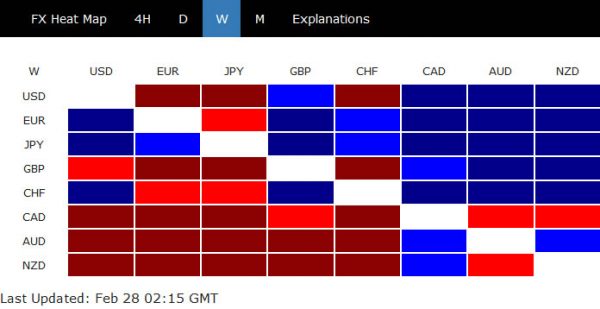
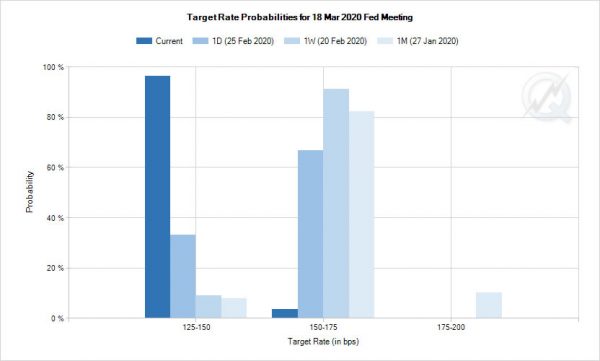
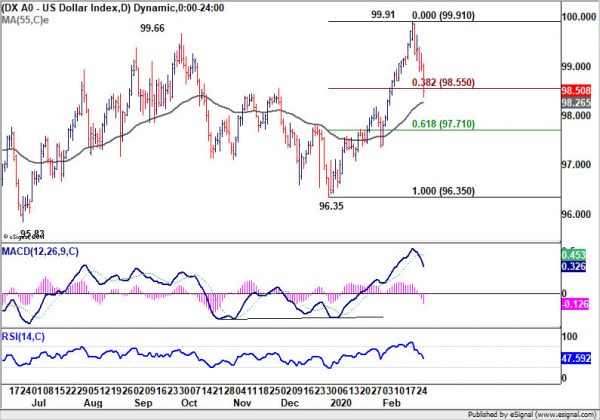
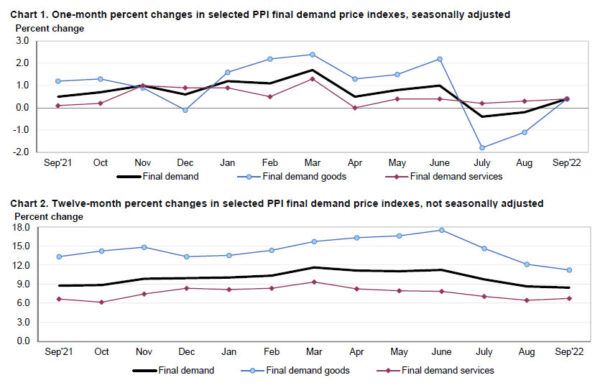
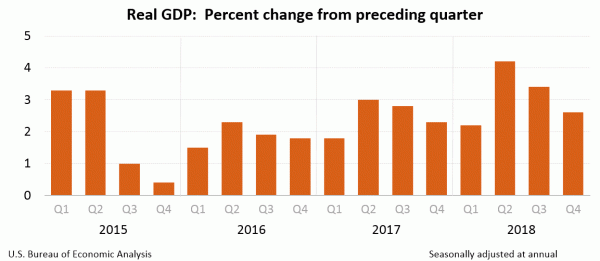
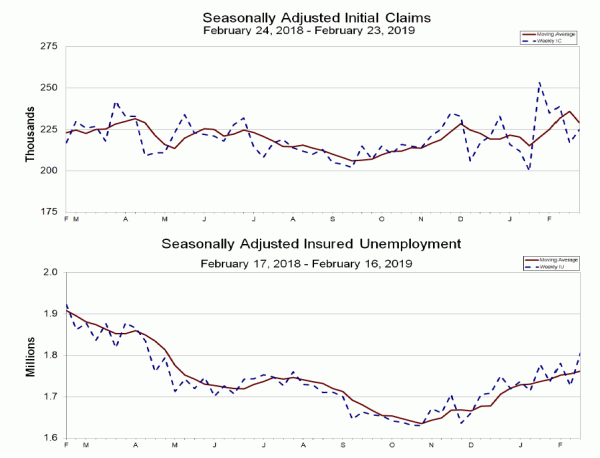
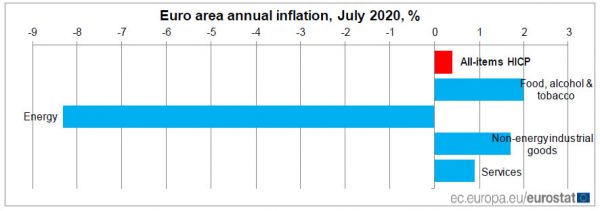

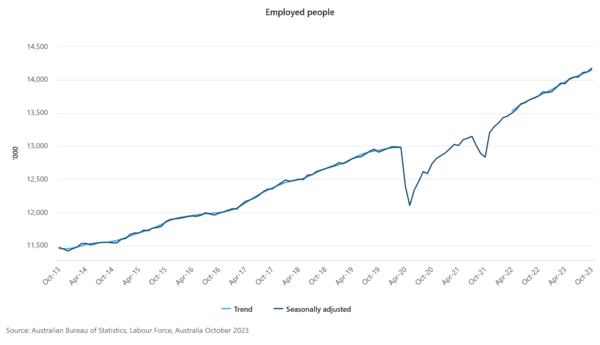
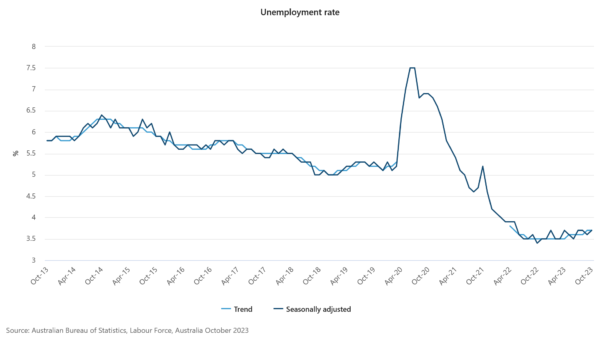
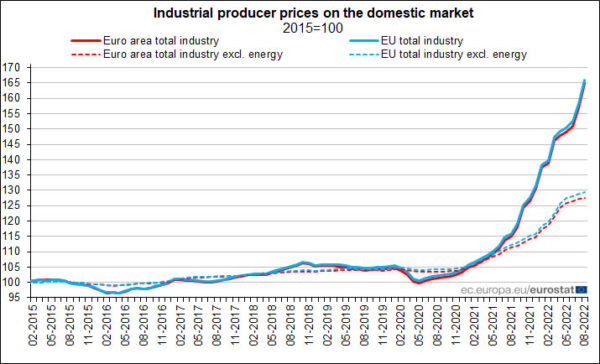
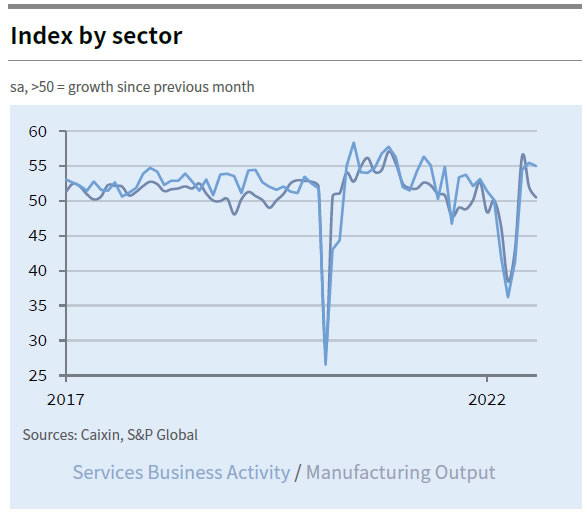
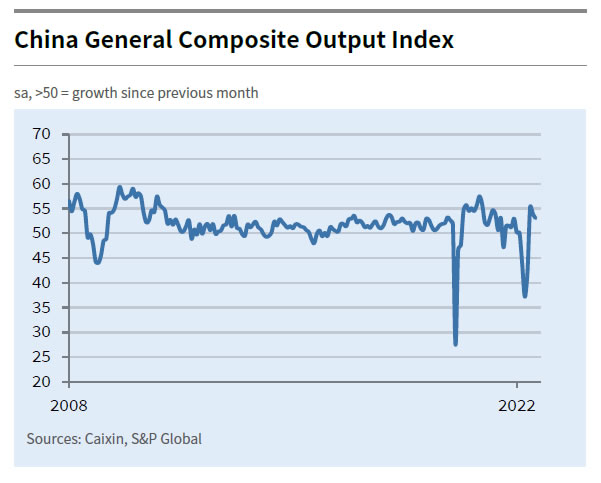
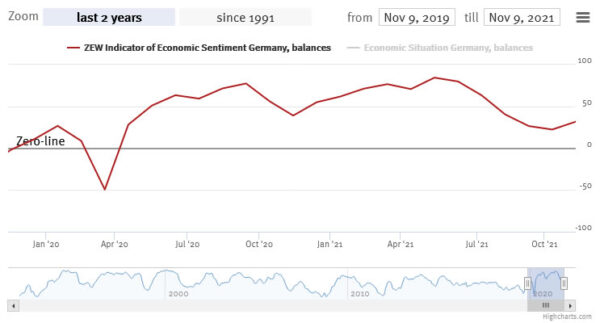
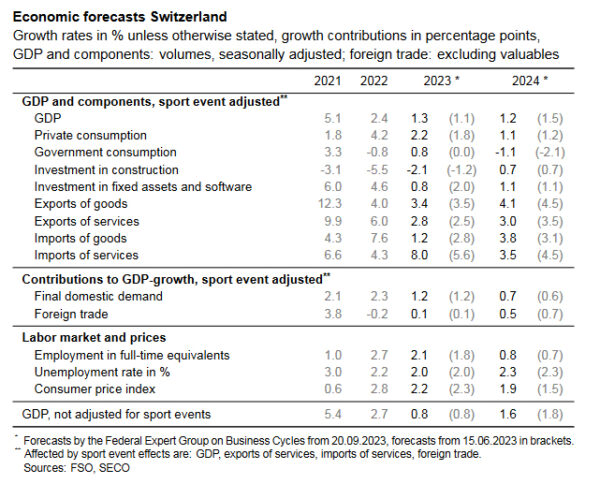
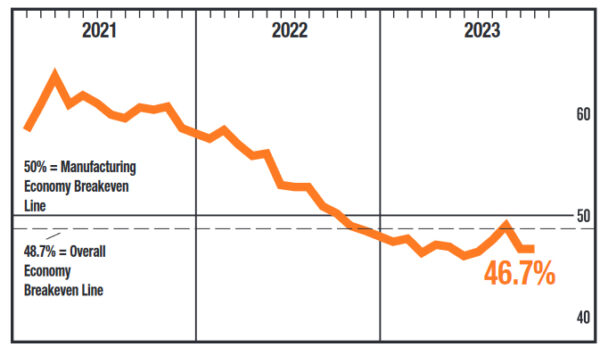
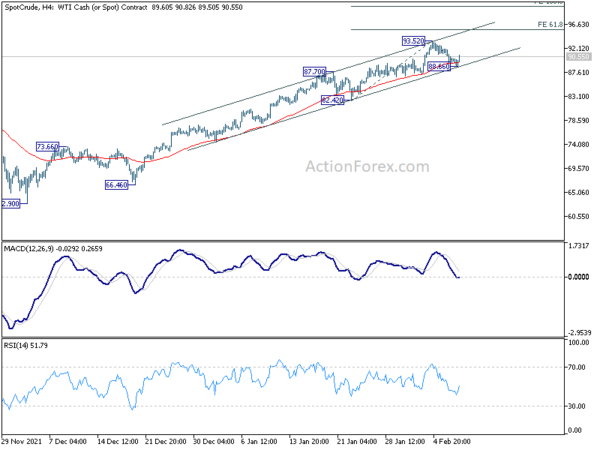
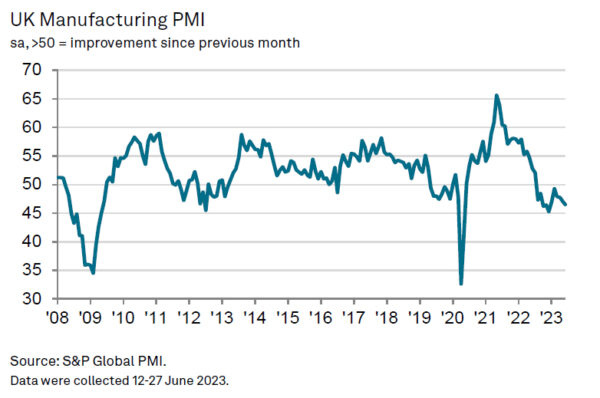

BoE voted unanimously to raise Bank rate by 25bps to 0.75%
BoE voted unanimously by 9-0 to raise Bank Rate by 25bps to 0.75%. That’s the second hike since the global financial crisis in more than a decade. Asset purchase target is held at GBP 435B, also by unanimous vote.
The updated economic projections are “broadly similar” to May’s. GDP is projected to growth by around 1.75% on average over the forecast period. The rate is slightly slower than “diminished rate of supply growth” averaging around 1.50%. There is “very limited degree of slack in the economy”. And “small margin of excess demand” will emerge by late 2019 to feed into inflation.
On inflation, taken all considerations, conditioned by market pricing on interest rates, “CPI inflation remains slightly above 2% through most of the forecast period, reaching the target in the third year.”
BoE maintained tightening bias and said “ongoing tightening of monetary policy over the forecast period would be appropriate” But the pace of rate hike will be gradual and limited.
Below is the full statement.
Monetary Policy Committee voted unanimously to raise Bank Rate to 0.75%
The Bank of England’s Monetary Policy Committee (MPC) sets monetary policy to meet the 2% inflation target, and in a way that helps to sustain growth and employment. At its meeting ending on 1 August 2018, the MPC voted unanimously to increase Bank Rate by 0.25 percentage points, to 0.75%.
The Committee voted unanimously to maintain the stock of sterling non-financial investment-grade corporate bond purchases, financed by the issuance of central bank reserves, at £10 billion. The Committee also voted unanimously to maintain the stock of UK government bond purchases, financed by the issuance of central bank reserves, at £435 billion.
Since the May Inflation Report, the near-term outlook has evolved broadly in line with the MPC’s expectations. Recent data appear to confirm that the dip in output in the first quarter was temporary, with momentum recovering in the second quarter. The labour market has continued to tighten and unit labour cost growth has firmed.
The MPC’s updated projections for inflation and activity are set out in the August Inflation Report and are broadly similar to its projections in May.
In the MPC’s central forecast, conditioned on the gently rising path of Bank Rate implied by current market yields, GDP is expected to grow by around 1¾% per year on average over the forecast period. Global demand grows above its estimated potential rate and financial conditions remain accommodative, although both are somewhat less supportive of UK activity over the forecast period. Net trade and business investment continue to support UK activity, while consumption grows in line with the subdued pace of real incomes.
Although modest by historical standards, the projected pace of GDP growth over the forecast is slightly faster than the diminished rate of supply growth, which averages around 1½% per year. The MPC continues to judge that the UK economy currently has a very limited degree of slack. Unemployment is low and is projected to fall a little further. In the MPC’s central projection, therefore, a small margin of excess demand emerges by late 2019 and builds thereafter, feeding through into higher growth in domestic costs than has been seen over recent years.
CPI inflation was 2.4% in June, pushed above the 2% target by external cost pressures resulting from the effects of sterling’s past depreciation and higher energy prices. The contribution of external pressures is projected to ease over the forecast period while the contribution of domestic cost pressures is expected to rise. Taking these influences together, and conditioned on the gently rising path of Bank Rate implied by current market yields, CPI inflation remains slightly above 2% through most of the forecast period, reaching the target in the third year.
The MPC continues to recognise that the economic outlook could be influenced significantly by the response of households, businesses and financial markets to developments related to the process of EU withdrawal.
The Committee judges that an increase in Bank Rate of 0.25 percentage points is warranted at this meeting.
The Committee also judges that, were the economy to continue to develop broadly in line with its Inflation Report projections, an ongoing tightening of monetary policy over the forecast period would be appropriate to return inflation sustainably to the 2% target at a conventional horizon. Any future increases in Bank Rate are likely to be at a gradual pace and to a limited extent.